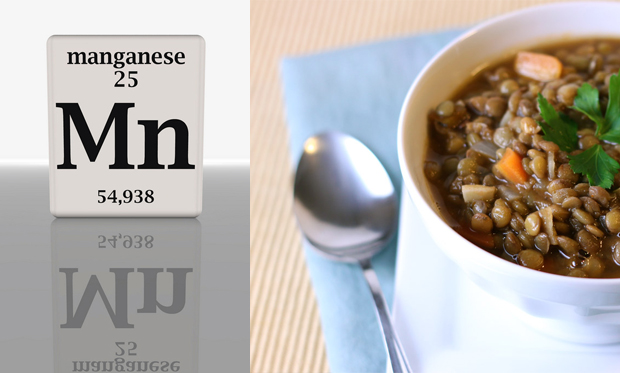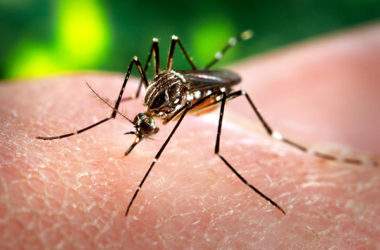It’s true that manganese is a mineral that the human body needs in trace amounts. Despite of this, experts say that as much as 1/3 of the US population is not getting enough of the said nutrient, even though there are numerous food sources of it. That’s because today’s food processing destroys much of the manganese content of fruits and vegetables. Also, chemicals such as oxalic acid and phytic acid found in certain foods is said to destroy the nutrient.
At any given time, there’s about 15 to 20 milligrams of manganese found inside your body. Majority of it are in your bones. The rest are distributed in your various organs like the liver, pancreas and kidneys, as well as your pituitary and adrenal glands. Since manganese is essential for brain health, it is sometimes referred to as “the brain mineral”.
Here are some of the reasons why manganese is important for your optimum health:
• It activates certain enzymes for the metabolism of fatty acids, cholesterol, carbohydrates and protein.
• Manganese is important for the proper absorption of other nutrients like iron and vitamins C and E.
• This nutrient is necessary for energy production because it works together with B-vitamins.
• The mineral is essential for strong and healthy bones and cartilage.
• It is important for the functioning of your nerves.
• It’s essential for healthy skin and proper wound healing as it promotes collagen production.
• Manganese is vital for good reproductive health.
Needless to say, it’s important for you to get sufficient amounts of manganese via your everyday diet. Just how much of this mineral you need per day? It depends on factors such as your age and gender. Take a look at this chart:
Gender and Age Milligrams/Day
Infants 6 months and below 0.003
Infants 7 to 12 months 0.6
Children 1 to 3 years old 1.2
Children 4 to 8 years old 1.5
Boys 9 to 13 years old 1.9
Males 14 to 18 years old 2.2
Males 19 years old and older 2.3
Girls 9 to 13 years old 1.6
Females 14 to 18 years old 1.6
Females 19 years old and older 1.8
Pregnant women 2.0
Lactating mothers 2.6
Being deficient in manganese is actually very rare. Such can happen only if a person completely steers clear of foods containing the said mineral. Experts say that the leading cause of manganese-deficiency is poor diet. Having a disorder of the digestive tract that hinder proper absorption of nutrients is also another factor.
Sweating a lot may also deplete stored manganese in the body because the mineral can be lost through perspiration. The intake of antacids and even some types of contraceptives may prevent the body from properly absorbing manganese in food. The same is true with the consumption of foods that contain high amounts of oxalic acid (spinach, cabbage and sweet potatoes) as well as phytic acid (beans, soy-based products, nuts and whole grains). However, cooking these foods very well can help in counteract that unfavorable effect.
Below you will find some of the signs and symptoms that you may need to include more manganese in your diet. Do take note that some of them can be easily associated with several different conditions or diseases, so it’s best that you consult your general practitioner (GP).
• Dizziness, nausea and vomiting
• Hearing loss
• Skin rashes
• Loss of hair color
• Brittle hair, nails and bones
• Anemia
• Abnormally low cholesterol
• High blood sugar
• Poor reproductive health
In order to avoid manganese-deficiency, it’s a good idea to include foods in your diet that contain good amounts of manganese. You’ll be surprised to know that there are numerous foods readily available that supplies you with manganese. Some good examples are:
• Dark green leafy vegetables
• Pineapples
• Avocados
• Raspberries
• Bananas
• Grapes
• Kiwis
• Maple syrup
• Cinnamon
• Garlic
• Black pepper












